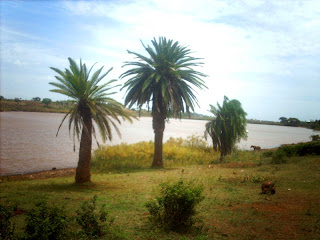





RYDEC is a youth group centered in the Ruiru area of the central province of Kenya. The group was founded on the 23rd of August,2008.Youth economic empowerment to alleviate poverty and environmental conservation by use of underutilized available resources The group aims to put to use resources within its reach to alleviate the suffering of the youth and communities in this area and while protecting the delicate balance of nature.
Large bodies of water tend to be better suited for cage culture than small ponds because the water quality is generally more stable and affected less by fish waste. Exceptions are eutrophic waters rich in nutrients and organic matter. Small (1 to 5 acre) ponds can be used for cage culture, but provisions for water exchange or emergency aeration may be required. Cages should be placed where water currents are greatest, usually to the windward side. Calm, stagnant areas should be avoided. However, areas with rough water and strong currents also present problems.
Cages may be moored individually or linked in groups to piers, rafts, or lines of heavy rope suspended across the water surface. At least 15 feet should separate each cage to optimize water quality. The cage floor should be a minimum of 3 feet above the bottom substrate, where waste accumulates and oxygen levels may be depressed. However, greater depths promote rapid growth and reduce the possibility of parasitism and disease. See SRAC publications Nos. 160-166 for more information on cage culture.This is what rydec group has started in Twiga Dam in Ruiru Kenya.
